Dried lime is a versatile spice made from sun-dried limes, commonly used in Middle Eastern and Asian cuisines. Unlike fresh limes, it offers a unique tart, earthy flavor with umami notes, making it a must-have for enhancing stews, marinades, and more. Whether you're a kitchen newbie or a flavor-savvy chef, this guide covers everything you need to know to master this culinary secret weapon.
Table of Contents
- What Exactly is Dried Lime?
- Flavor Profile & Culinary Magic
- 5 Creative Ways to Use Dried Lime in Your Kitchen
- Buying Guide: How to Choose the Best Dried Lime
- Storage Tips That Keep It Fresh & Flavorful
- Perfect Pairings: What Spices Go Well with Dried Lime?
- Frequently Asked Questions
What Exactly is Dried Lime?
Dried lime, often referred to as limu aman in Middle Eastern cuisine or black lime in some parts of Asia, is exactly what it sounds like: limes that have been sun-dried until their moisture content drops dramatically. This process transforms them into wrinkled, brownish orbs with a tart, earthy aroma and an intense citrus flavor.
| Flavor Note | Description |
|---|---|
| Tartness | Like biting into the zestiest lemon peel |
| Earthy | Reminiscent of aged tea leaves or dried mushrooms |
| Bitter | Subtle but present, similar to orange peel |
| Umami | Slight savory depth perfect for soups and broths |
The flavor of dried lime is complex—tart, smoky, briny, and surprisingly aromatic. Think of it as nature's way of giving you a citrus bomb that doesn't need refrigeration and can sit patiently in your pantry for months.
Because of its potency, a little goes a long way. Grate it over rice, drop whole limes into stews, or infuse it into oils and vinegars for a slow-release flavor punch.
5 Creative Ways to Use Dried Lime in Your Kitchen
- Fall-Off-The-Bone Lamb Stew: Add a couple of pierced dried limes into the pot while stewing lamb shanks for a tangy, aromatic finish.
- Lime-Zapped Hummus: Blend a pinch of grated dried lime into hummus for a citrus twist that'll make your guests ask, "What did you put in this?!"
- Rice & Grain Boost: Mix finely ground dried lime into rice, couscous, or quinoa before cooking for a bright lift.
- Citrus Salt Substitute: Combine dried lime powder with sea salt for a bold finishing touch on grilled meats or roasted veggies.
- Spiced Tea Infusion: Drop a small piece into a pot of spiced chai or herbal tea for a hint of tanginess that balances sweetness.
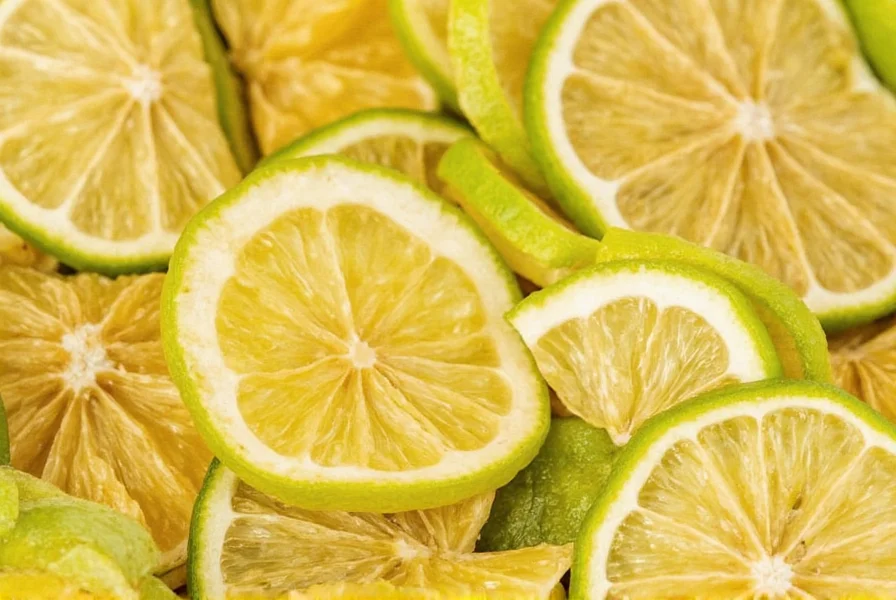
Buying Guide: How to Choose the Best Dried Lime
Not all dried limes are created equal. Here's how to pick the right ones for your needs:
Types of Dried Lime
| Type | Description | Best For |
|---|---|---|
| Persian Dried Lime (Limu Ammani) | Traditionally made by boiling limes in salt water and sun-drying them | Middle Eastern stews and braises |
| Oman Black Lime | Darker, softer, with a fermented flavor | Indian pickles and chutneys |
| Powdered Dried Lime | Ground version for convenience | Seasoning blends and rubs |
Top 3 Brands to Try
- Zar Foods – Persian Dried Limes
- Features: Authentic preparation, vacuum-sealed packaging
- Advantages: Retains strong aroma and flavor
- Use Cases: Perfect for slow-cooked dishes and soups
- Audience: Home cooks and gourmet chefs alike
- Occasions: Everyday meals or special dinner parties
- Nikiri Organics – Organic Black Lime Powder
- Features: 100% organic, no additives
- Advantages: Easy to use, mixable in dry rubs and dressings
- Use Cases: Marinades, sprinkle on popcorn, add to smoothies
- Audience: Health enthusiasts and foodies
- Occasions: Quick snacks or wellness-focused dishes
- Al Bayan – Whole Black Limes (Oman Style)
- Features: Traditionally sun-dried, soft texture
- Advantages: Strong umami profile, ideal for simmering
- Use Cases: Pickles, tagines, and hearty lentil dishes
- Audience: Ethnic cuisine lovers and adventurous eaters
- Occasions: Cultural festivals, family gatherings
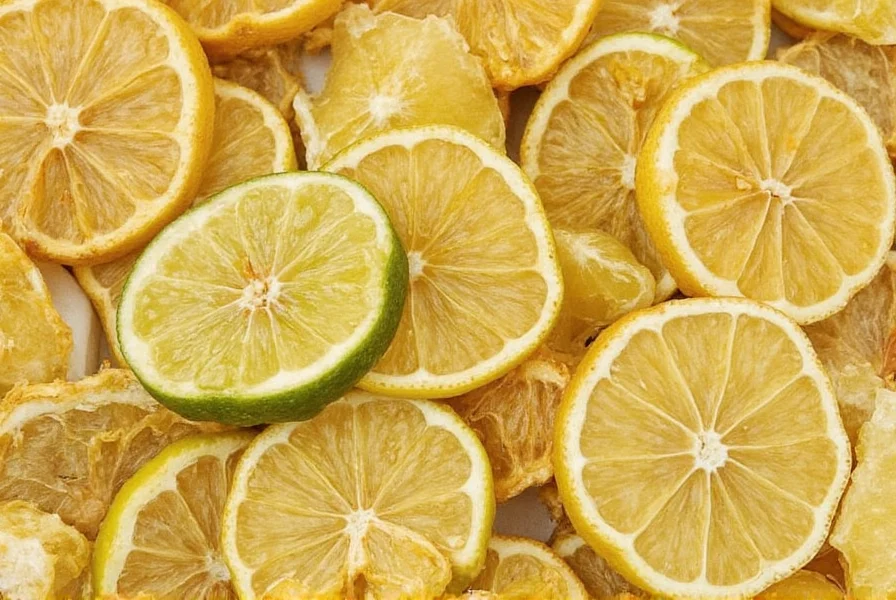
Storage Tips That Keep It Fresh & Flavorful
Dried lime is one of those rare spices that actually gets better with age—if stored properly.
- Whole Dried Limes: Store in an airtight jar in a cool, dark place. They'll last for up to 12–18 months.
- Dried Lime Powder: Keep in a sealed container away from heat and moisture. No need to refrigerate.
- Pre-Grated Limes: These lose potency faster, so try to use within 6 months for best flavor.
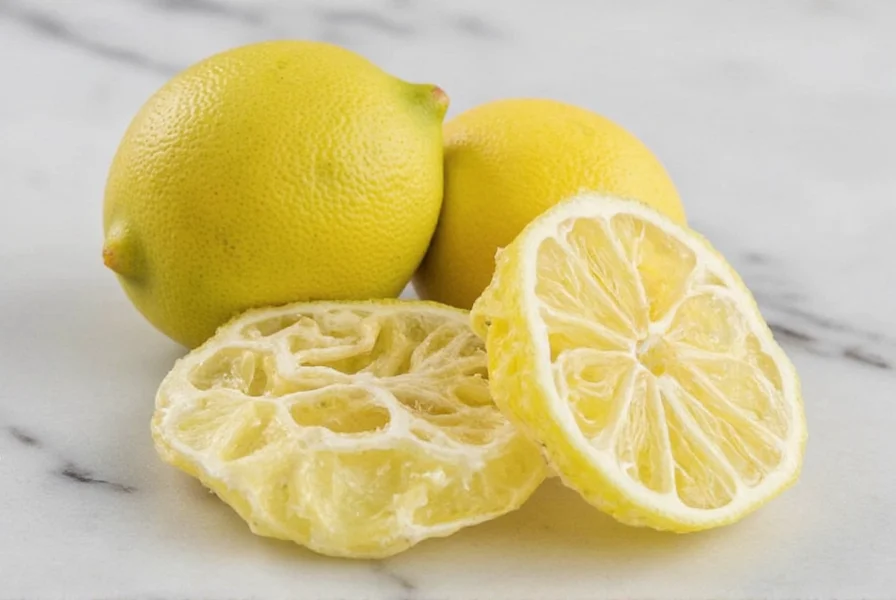
Perfect Pairings: What Spices Go Well with Dried Lime?
Dried lime is incredibly sociable when it comes to flavor partners. Here are some top combos to experiment with:
- Cumin + Dried Lime – Smoky meets citrusy, great for meat rubs and dips.
- Coriander + Dried Lime – A classic Middle Eastern duo, adds depth to soups and salads.
- Turmeric + Dried Lime – Brightens rice dishes and adds warmth without heaviness.
- Chili Flakes + Dried Lime – Tangy meets spicy; perfect for oil-based sauces or roasted veggie drizzles.
- Fenugreek + Dried Lime – Offers an earthy sweetness that complements rich stews beautifully.
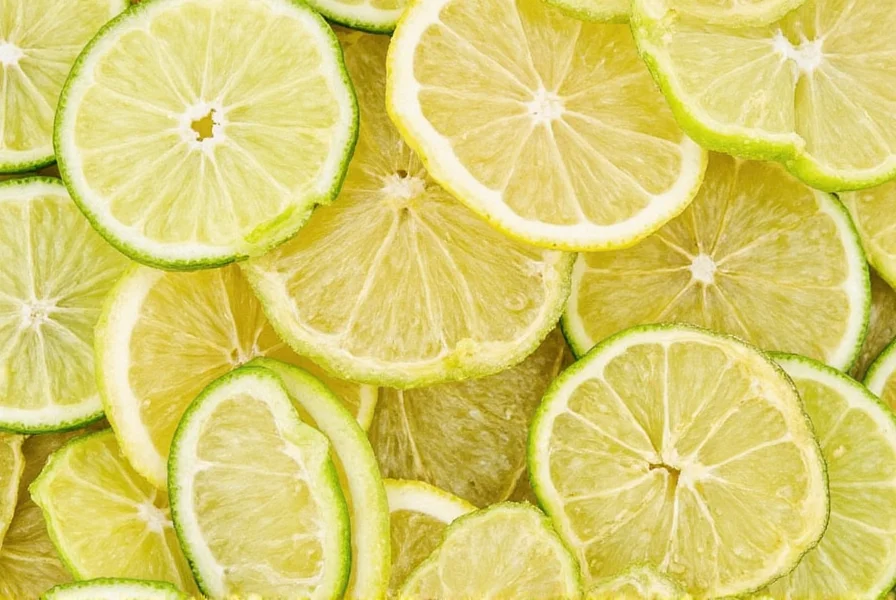
Frequently Asked Questions
Can I Make My Own Dried Lime at Home?
Yes! The traditional Persian method involves boiling whole limes in salt water (about 1 cup salt per gallon of water) for 10-15 minutes, then puncturing them and sun-drying for 7-10 days until they turn dark brown and develop a hollow sound when shaken. For a quicker method, slice limes thinly and dehydrate at 135°F (57°C) for 8-12 hours. The secret? Adding a bit of nigella seeds during drying creates an even more complex flavor profile that's prized in Middle Eastern cooking.
Is Dried Lime the Same as Lemon Peel?
No, and this is one of the biggest culinary misconceptions! Dried lime has a deeper, more fermented flavor with subtle umami notes that develop during the drying process, while lemon peel is brighter and more purely citrus. The drying process creates completely different chemical compounds - dried lime contains limonene and carvacrol that give it that distinctive earthy-citrus punch. They're not interchangeable; using lemon peel instead of dried lime would completely change a dish's flavor profile.
How Much Dried Lime Should I Use?
This is a culinary secret many miss: dried lime is incredibly potent. For whole dried limes, use 1 small lime per 4 servings, preferably pierced with a fork to release flavors gradually. For powder, start with ⅛ teaspoon per serving (not ¼ as many recipes suggest) - you can always add more. The professional chef's trick? Add dried lime early in cooking for infused depth, or grate it fresh at the end for a vibrant citrus burst. Never exceed 1 teaspoon of powder per pound of meat or 4 cups of liquid.
What's the Secret to Maximizing Dried Lime's Flavor in Dishes?
The professional secret most home cooks don't know: rehydrate dried lime in warm broth or water for 15 minutes before using for maximum flavor extraction. For whole limes in stews, pierce them multiple times with a toothpick - this creates more surface area for flavor release without making the dish bitter. For powder, always "bloom" it in a small amount of warm oil before adding to dishes to unlock its full aromatic potential. This simple technique can transform an average dish into something extraordinary.
Which Cuisines Use Dried Lime Most Effectively?
While dried lime appears in many global cuisines, Persian (Iranian) cooking has mastered its use as a fundamental flavor builder rather than just a garnish. In Iraqi cuisine, it's essential for "loomi" stews. Omani cooking uses it in fish dishes with a distinctive dark color. Indian cuisine incorporates it in certain regional pickles. The secret? In Persian cooking, dried lime isn't just added to dishes - it's considered one of the three pillars of flavor alongside saffron and rosewater. Understanding these cultural contexts helps you use dried lime authentically rather than as a mere substitute.
How Can Dried Lime Transform Ordinary Recipes into Extraordinary Ones?
Here's a chef's secret: add a pinch of dried lime powder to chocolate-based desserts for a surprising citrus accent that enhances the cocoa notes without making it taste citrusy. Another game-changer: mix dried lime powder with olive oil and garlic for an instant gourmet salad dressing. For meat dishes, adding dried lime to the marinade breaks down proteins more effectively than fresh citrus while adding complex flavor. The most unexpected transformation? A tiny pinch in tomato-based pasta sauces cuts through acidity better than sugar while adding depth that fresh lemon can't match.
What's the One Unexpected Use for Dried Lime That Most Cooks Don't Know?
The culinary insider secret: dried lime is phenomenal in cocktail making! Steep whole dried limes in vodka for 3-5 days to create a complex citrus-vanilla infused spirit perfect for martinis. But the real game-changer most professionals know: dried lime powder in rimming salt for margaritas creates a deeper, more complex citrus flavor that doesn't dissolve like fresh lime juice. Bonus secret: a tiny pinch of dried lime in coffee grounds before brewing creates a subtle citrus note that enhances the coffee's natural acidity - a technique used in some Middle Eastern coffee traditions.
Conclusion
Dried lime isn't just another spice—it's a culinary secret weapon waiting to transform your dishes with minimal effort and maximum flavor. From soups to snacks, marinades to mocktails, its versatility knows no bounds. Now that you're armed with everything you need to know—from choosing the right kind to creative uses and pairings—you're ready to go forth and lime-ify your life.
So next time you reach for the pepper grinder, consider reaching for a bit of dried lime instead. Who knew something so tiny could pack such a tangy punch?

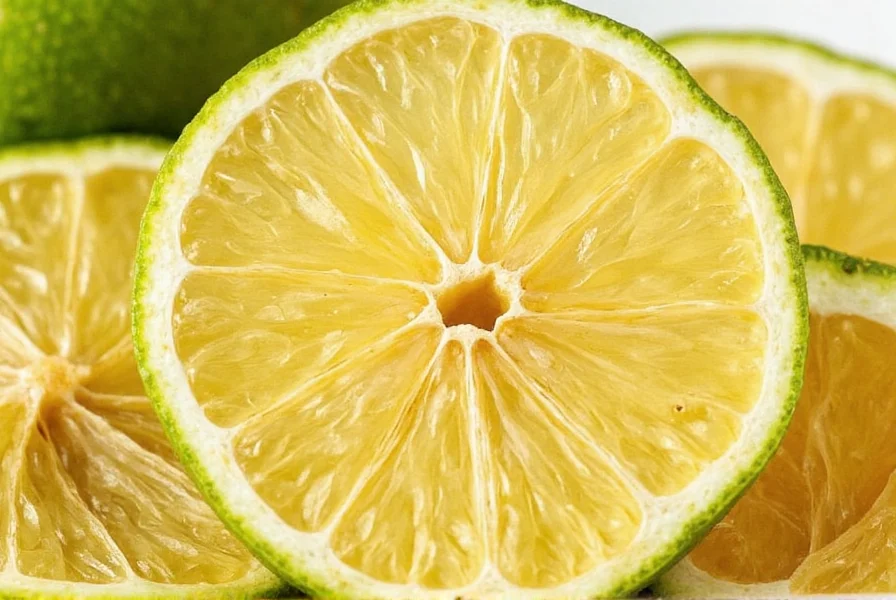









 浙公网安备
33010002000092号
浙公网安备
33010002000092号 浙B2-20120091-4
浙B2-20120091-4